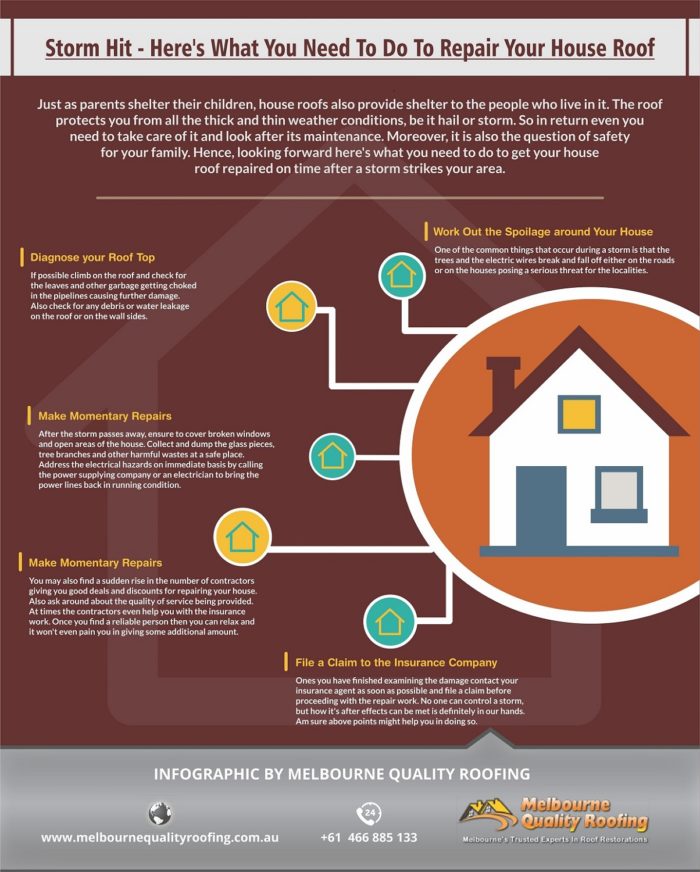Assessing The Costs Of Solar Panel Installment: Is It A Smart Financial Relocate?
Assessing The Costs Of Solar Panel Installment: Is It A Smart Financial Relocate?
Blog Article
Authored By-McQueen Potts
When taking into consideration the prices of solar installation, you might wonder about the upfront financial investment needed and whether it lines up with the prospective long-lasting benefits. Recognizing the ins and outs of these expenses and the different variables influencing the total return can shed light on the worth recommendation of transitioning to solar energy. By reviewing both the first setup costs and the predicted financial savings with time, you can gain insight right into whether the investment in solar installment holds pledge for your financial future.
First Setup Expenditures
When considering the prices of solar setup, the preliminary arrangement costs play a critical duty in your decision-making process. These ahead of time prices include the rate of solar panels, inverters, installing devices, and installation labor.
The cost of solar panels can vary relying on the brand, efficiency, and size you select. Inverters are vital for converting the sunlight's power into useful electrical power and come in various types such as string inverters, microinverters, and power optimizers, each with its very own expense implications.
Installing equipment, such as shelfs and rails, is needed to securely install photovoltaic panels on your roof or home.
The setup labor cost covers the specialist setup of the solar system, making sure that everything is set up correctly and successfully. Keep in mind that while these first configuration costs might seem high, there are frequently rebates, tax incentives, and funding choices readily available to aid balance out the prices and make solar installment extra economical in the long run.
Long-Term Cost Savings Analysis
To recognize the economic advantages of solar installment gradually, it's critical to perform a comprehensive long-lasting financial savings analysis. While the first arrangement expenditures of solar panels might seem complicated, the long-term cost savings can exceed these prices significantly. By taking advantage of the power of the sunlight to produce electrical energy for your home, you can potentially save countless bucks on your energy bills over the lifespan of your solar system.
Among the key elements to think about in a long-term savings evaluation is the decrease in your power bills. With solar panels, you can produce your electricity, reducing and even removing your reliance on the grid. home solar system can cause considerable financial savings, especially as energy rates remain to increase.
Furthermore, several governments offer motivations such as tax obligation credit histories and refunds for mounting solar panels, better improving your lasting savings. By making use of these incentives and optimizing your solar power production, you can delight in significant economic advantages for several years to come.
Return on Investment Estimation
Taking into consideration the economic advantages of solar installment, it's time to examine the Return on Investment (ROI) calculation. Figuring out the ROI entails comparing the total prices of setting up a solar system with the economic advantages it produces over its lifespan.
To calculate https://seekingalpha.com/article/4582675-tan-lower-volatility-solar-stocks-resolved-upside-technical-analysis?source=content_type%3Areact%7Cfirst_level_url%3Ahome%7Csection%3Alatest_articles%7Csection_asset%3Alatest_articles%7Cline%3A2 , split the web profit from the system by the complete financial investment expense and multiply by 100 to obtain a percent. The ROI formula is: (Internet Revenue/ Overall Investment Expense) x 100.
For example, if the overall cost of installing a solar system is $20,000, and over its life expectancy, it produces savings and revenues completing $30,000, the web profit would certainly be $10,000. Splitting this by the complete investment price of $20,000 gives a ratio of 0.5. Multiplying this by 100 gives an ROI of 50%.
Usually, a higher ROI shows a much more financially satisfying financial investment. Aspects like federal government rewards, upkeep prices, and energy price changes can affect the ROI of solar installations. Understanding the ROI assists in examining whether investing in solar energy is worth it in the long run.
Conclusion
Finally, comprehending the prices of solar setup is essential for identifying if it deserves the investment. By considering first arrangement costs, carrying out a long-lasting financial savings evaluation, and calculating the roi, you can make a notified choice regarding the financial value of solar power. With the possibility for decreased energy bills and raised power self-reliance, purchasing solar setup can be a smart choice for both your pocketbook and the atmosphere.
